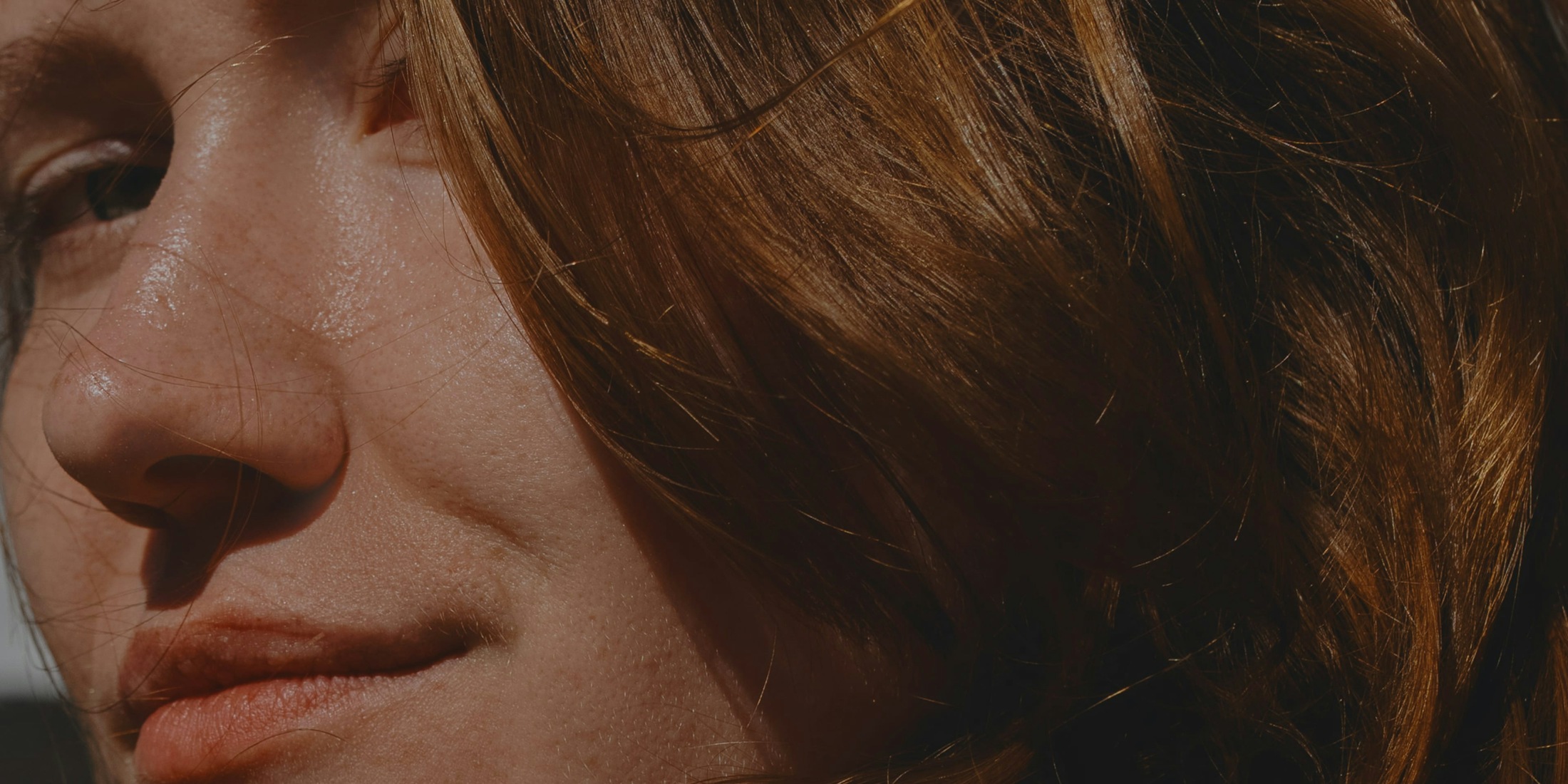“Today I was answering a couple of questions that patients brought up about managing the problem of the mid-face, and I thought that we would address it in a way that was more sequential and its orientation and then get into a little discussion, I can do some slides and describe this in some more detail.
Basically what happens with our midface as we age is the cheekbone itself stays quite high, the part that’s elevated and is bony and quite firm, and the part that is the softer tissue, right above the fold between the nose and core of the mouth begins to sink for a couple of reasons.
One is we loss the volume there, the fatty tissue that’s underneath the skin goes away with age and also what remains begins to sink down and create a deeper line or fold here, the so-called nasolabial fold or grove.
So there are a couple treatment strategies for that. One of them depending on how much volume you have, is to replace the volume that’s been lost there. If we replace that volume and fill the relatively trapezoidal area of volume loss, we can actually get a lifting effect by just restoring, much like if you were to put a tent in a tent pole. If we lift up the tent canvas, our skin of the cheek, there’s a smoothing effect that would soften the fold. We can do that along with the treatment which traditionally has been the only thing people have treated is the nasolabial fold lips, and now we’re looking at the midface or cheek more comprehensively.
The other option, as I said it depends on how much cheek volume there is, is a surgical option which we really brought down to a very minimally invasive approach and that’s called midface lifting or a cheek lift. And in a mid-facelift, what we’re doing is engaging or grabbing this now ptotic or hanging tissue of the middle part of the face and we’re lifting that tissue up so that it’s back and almost continuous again with our higher cheekbone, and so depending on your facial configuration either injectable filler some of the newer ones like Voluma or the more established ones that has been around for a while, like Radiesse, are good options for mid-facial volume and then for certain patients a mid-facelift might be a great option. Commonly a mid-facelift in my practice will do with face-lifting, standard face-lifting procedures, but it can be done as an isolated procedure. One of our local television channels came in and with of course the patients consent, we videotaped the treatment, the mid-facelift done percutaneously, which means that there’s only a very tiny dot incision in the cheek and one behind that hairline.
So percutaneous mid-facelift, and there are several that have been described surgically some of them are quite extensive and I don’t really advice those in my practice. I think we can get long lasting results with the minimally invasive approach in any patient.
So we’ll describe this in some more detail but as always I’m open to further questions and more specifics. You can send us an email, photographs or video at DrMaas.com, phone call at the office at 415-567-7000 or visit our website at MaasClinic.com. Corey S. Maas MDTM on Looking your Best.”

